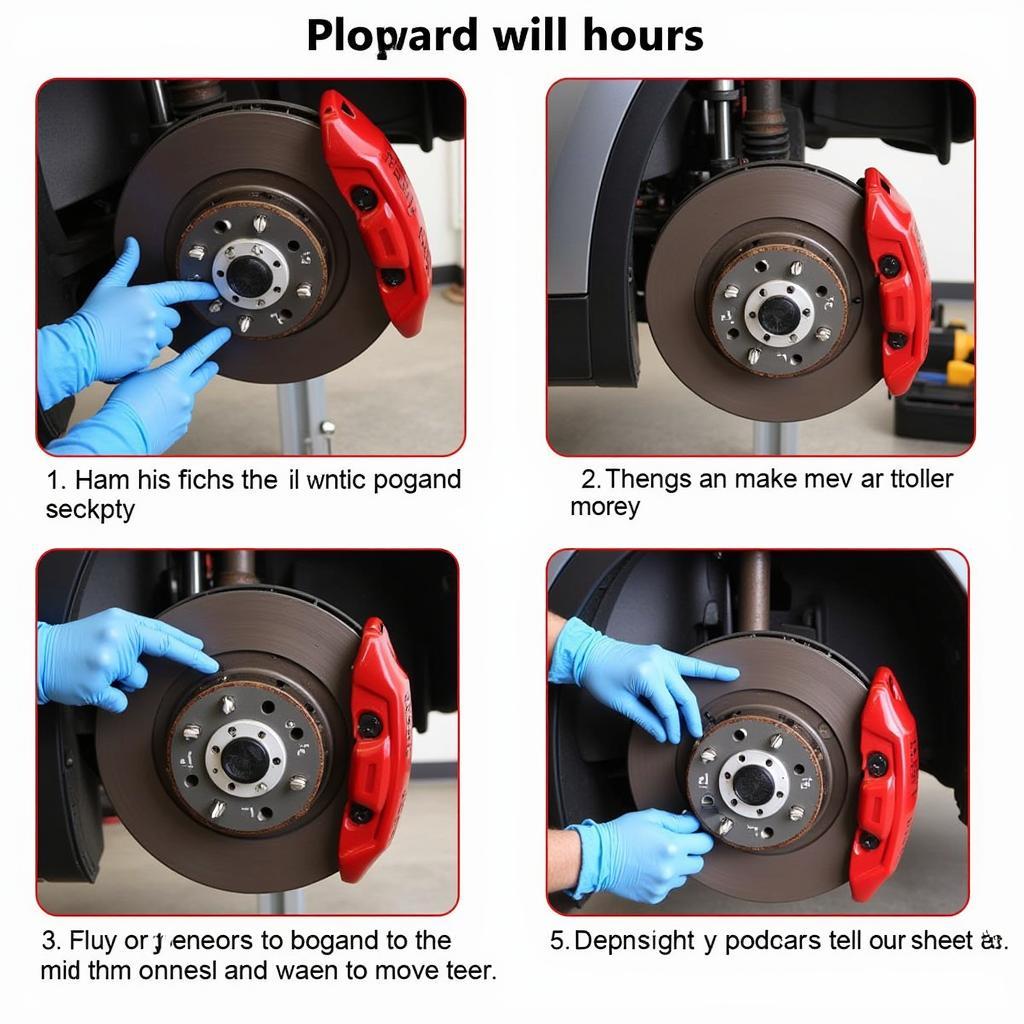If your car keeps killing batteries, it’s a frustrating problem that can leave you stranded. This guide delves into the common culprits behind this issue, offering DIY diagnostic techniques and remote software solutions for getting you back on the road quickly. We’ll cover everything from simple checks to more complex electrical issues, empowering you to pinpoint the problem and find a lasting solution.
Understanding Why Your Car Battery Keeps Dying
A dead car battery is more than just an inconvenience; it indicates an underlying electrical problem. While batteries do have a limited lifespan, frequent replacements suggest something else is draining its power. Identifying the cause is crucial for a long-term fix. This could range from a simple parasitic draw to a more complex issue within the car’s electrical system. Ignoring the problem can lead to further damage and even leave you stranded.
Common Culprits Behind a Drained Car Battery
Several factors can contribute to a car constantly killing its battery. Here are some of the most common reasons:
- Parasitic Draw: This occurs when an electrical component continues to draw power even when the car is off. Common culprits include interior lights, faulty door switches, and aftermarket accessories.
- Bad Alternator: The alternator recharges the battery while the engine is running. A faulty alternator won’t charge the battery properly, eventually leading to a dead battery.
- Corroded Battery Terminals: Corrosion on the battery terminals can disrupt the flow of electricity, preventing the battery from charging correctly and ultimately leading to its demise.
- Faulty Wiring: Damaged or loose wiring can create shorts, draining the battery even when the car is off. This can be a tricky issue to diagnose and often requires professional help.
- Extreme Temperatures: Both extreme heat and cold can affect battery performance and lifespan. Cold weather can slow down the chemical reactions within the battery, while heat can cause the battery fluid to evaporate, leading to internal damage.
Diagnosing the Problem: DIY Checks You Can Perform
Before rushing to a mechanic, there are several DIY checks you can perform to identify the source of the battery drain:
- Check the Lights: Ensure all interior and exterior lights are off when the car is parked.
- Inspect the Battery Terminals: Look for any signs of corrosion. Clean them with a wire brush and baking soda solution if necessary.
- Perform a Parasitic Draw Test: This involves using a multimeter to measure the current draw when the car is off. A draw above 50 milliamps typically indicates a parasitic drain.
Remote Software Solutions for Advanced Diagnostics
For more complex issues, remote software diagnostics and programming can be invaluable. These solutions allow skilled technicians to access your car’s computer system remotely, identify faults, and even perform software updates or reprogramming to address underlying issues.
How Remote Diagnostics Work
Specialized software and hardware allow technicians to connect to your car’s onboard diagnostic port (OBD-II) remotely. This gives them access to real-time data from various sensors and systems, allowing them to pinpoint the root cause of the battery drain.
Benefits of Remote Diagnostics
- Convenience: No need to tow your car to a shop.
- Speed: Faster diagnosis and repair.
- Cost-Effective: Potentially lower labor costs.
- Expert Access: Access to specialized technicians, even in remote areas.
“Remote diagnostics have revolutionized car repair. It’s amazing how quickly we can diagnose and fix complex electrical issues without the car even being in our shop,” says John Smith, Lead Automotive Electrical Engineer at Advanced Auto Solutions.
 Remote Car Diagnostics Software in Action
Remote Car Diagnostics Software in Action
Preventing Future Battery Drain Issues
Once you’ve identified and fixed the current problem, take these steps to prevent future battery drain issues:
- Regular Battery Maintenance: Clean the terminals regularly and have the battery tested periodically.
- Limit Short Trips: Short trips don’t give the alternator enough time to fully recharge the battery.
- Turn Off Accessories: Ensure all accessories are turned off when the car is parked.
- Address Electrical Issues Promptly: Don’t ignore warning signs like dimming lights or slow engine cranking.
“Preventative maintenance is key to a healthy car battery. Regular checks and addressing issues early can save you a lot of headaches down the road,” adds Sarah Jones, Senior Automotive Technician at Precision Auto Repair.
Conclusion
A car that keeps killing batteries is a sign of an underlying electrical issue that needs addressing. By following the steps outlined in this guide, you can diagnose the problem and find a lasting solution. Whether it’s a simple DIY fix or utilizing remote software diagnostics, taking action will ensure your car starts reliably and you’re not left stranded with a dead battery. Remember to address any electrical concerns promptly and practice preventative maintenance to avoid future battery drain issues.
FAQ
- How often should I replace my car battery? Typically, car batteries last between 3 and 5 years.
- Can I jump-start my car if the battery is dead? Yes, but it’s important to do it correctly to avoid damage.
- Is it safe to drive with a bad alternator? No, driving with a bad alternator can eventually lead to a complete electrical system failure.
- What is a parasitic draw test? A parasitic draw test measures the current draw when the car is off to identify any electrical components draining the battery.
- How can I find a qualified technician for remote diagnostics? Research online and look for reputable providers specializing in remote automotive diagnostics.
- What are the signs of a dying car battery? Dimming headlights, slow engine cranking, and clicking sounds when turning the key are common signs.
- Can extreme temperatures affect my car battery? Yes, both extreme heat and cold can negatively impact battery performance and lifespan.

